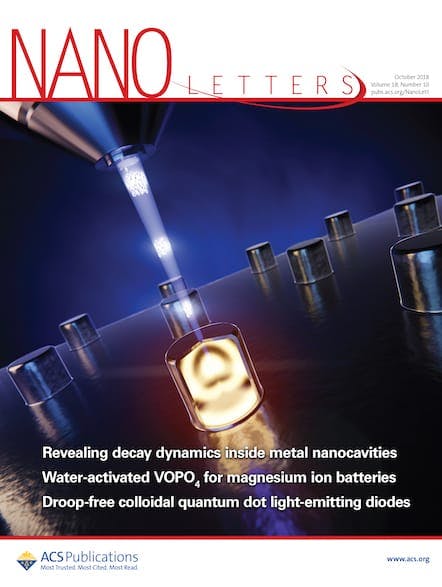Infertility is a complex issue, filled with both practical and emotional challenges. It can be particularly frustrating when the difficulty lies in just one small part of the fertilization process, such as low sperm motility. In these cases, the sperms are healthy and viable, but they have difficulty reaching the egg on their own because […]

Infertility is a complex issue, filled with both practical and emotional challenges. It can be particularly frustrating when the difficulty lies in just one small part of the fertilization process, such as low sperm motility. In these cases, the sperms are healthy and viable, but they have difficulty reaching the egg on their own because they’re just not strong swimmers. Now researchers at the Institute for Integrative Nanosciences at the IFW in Dresden, Germany, say they’ve come up with a possible high-tech solution to this age-old problem: spermbots.
A spermbot is a tiny metal helix controlled by a rotating magnetic field, Oliver Schmidt, Ph.D., and his team explain in the pages of ACS Nano Letters. The spermbot can wrap around a sperm and act as a sort of propeller. The device can drive the sperm into an egg, leading to possible fertilization.
It may be a while before we see spermbots in clinical human trials. Researchers say they’re still grappling with challenges when it comes to achieving successful fertilization with artificially guided sperms. But it’s thrilling to think tiny devices like spermbots could someday help bring new life into the world.
Watch the video:

